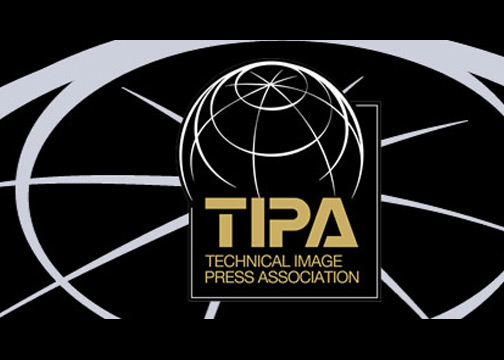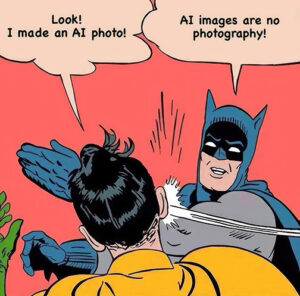
Madrid, Spain—TIPA announced that artificial intelligence’s (AI) ability to produce images that don’t originate in the real world but are indistinguishable from photographs is upending traditional attitudes and perceptions. The Technical Image Press Association (TIPA) is an organization that early on joined the industry-wide Content Authenticity Initiative, concerned with AI-generated photos.
Furthermore, the broadening availability of this technology is enabling explosive growth of photorealistic—“but not real”—images. For example, Adobe announced its generative artificial intelligence product, Firefly, was used to create over a billion images since its launch. It launched in March 2023, just over six months ago.
Moreover, a study by Everypixel Journal estimates the total for the four main platforms (DALL-E, Midjourney, Stable Diffusion, and Firefly) is more than 15 billion images in the past year.

Additionally, Hans Hartman, principal of Suite 48 Analytics and conference chair of the Visual 1st Conference, has initiated an open contest. The aim is to pinpoint a term that will clearly and concisely refer to AI-generated photorealistic synthetic images. Moreover, this term will enable those who create AI-based images to clearly identify their medium. At the same time, it will also remove confusion as to which images are derived from the real world and which are not.
“This spectacular innovation is, however, a double-edged sword. It offers great economic benefits to many industries where visually communicating products or services is critically important. It’s also a novel and powerful medium for artistic expression which can enable a new generation of creators to add exciting pages to the annals of art history,” stated Hans Hartman.
The Consequences of AI-Generated Photos
“However, there’s a major caveat,” added Hartman. “At a time when conflictual politics and the virtualization of information are shaking our foundational attitudes and fracturing a formerly (mostly) homogenous consensus on the very nature of reality, our belief in the trustworthiness (albeit qualified) of photographs as witnesses to the real world is a valuable tool to enable our culture and our societies to function. And that belief is in the process of being severely undermined by generative AI.”
Thomas Gerwers, chairman of the Technical Image Press Association (TIPA) also commented. “The Technical Image Press Association feels that it has never been more important than today to be able to rely on the origin and authenticity of digital content. A photograph is created exclusively by imaging light inside a camera.
“AI-generated images are therefore not photographs. They should not be referred to as such, even if their photo-realistic presentation conveys this impression. Because the qualitative boundaries disappear, a clear differentiation between photographs on the one hand and generated images on the other is crucial for their classification and perception. That requires a clear and recognized term to designate photo-like generated images. We support Visual 1st’s initiative to develop that consensus.”
The organization will announce more information about the timing, mechanics and winner selection process of the contest at the 11th annual edition of the Visual 1st Conference. The conference will be held October 24–25, 2023, in San Francisco, California. What’s more, the conference will present numerous sessions exploring the economic opportunities and challenges stemming from the AI revolution in the imaging industry.
TIPA
The Technical Image Press Association is an organization comprised of editors and representatives of photographic magazines and online publications. They range from North America, Europe, Asia as well as Australia. In addition, its membership includes individual imaging and technology expert members. Its members span the consumer, professional as well as trade sectors. Each member is dedicated to bringing the message of the joy of photography to their readers. They also provide technical, business and industry news and information.
Content Authenticity Initiative
The Content Authenticity Initiative (CAI) is a community of creators, technologists, journalists as well as activists. They are leading the global effort to promote the adoption of secure provenance and attribution data for digital content. The goal is to counter the rise of misinformation.





